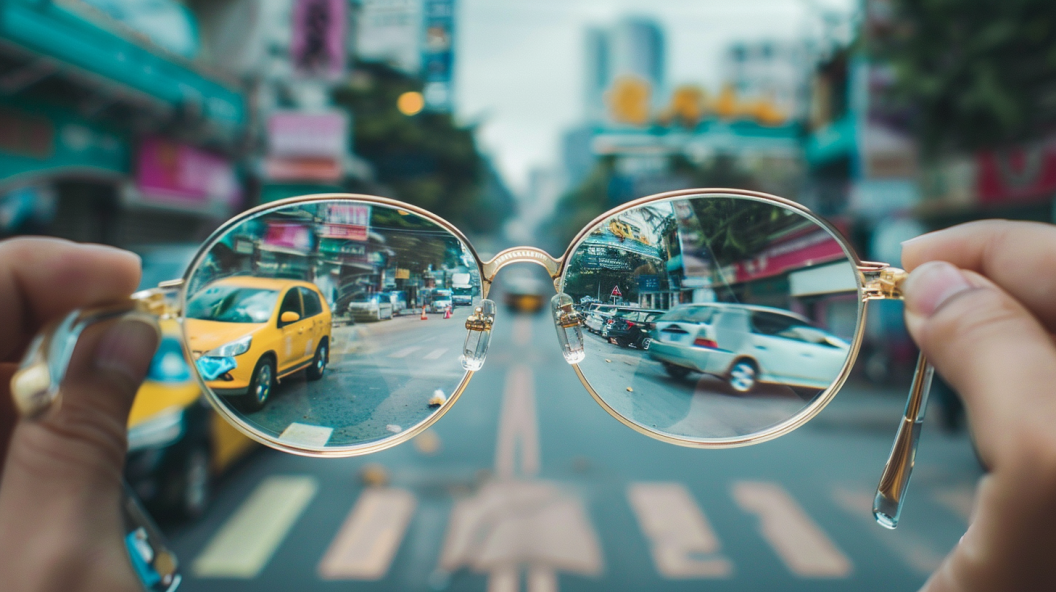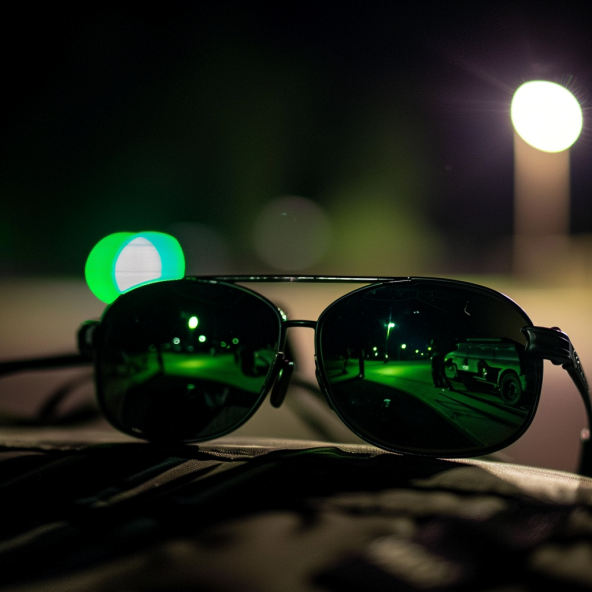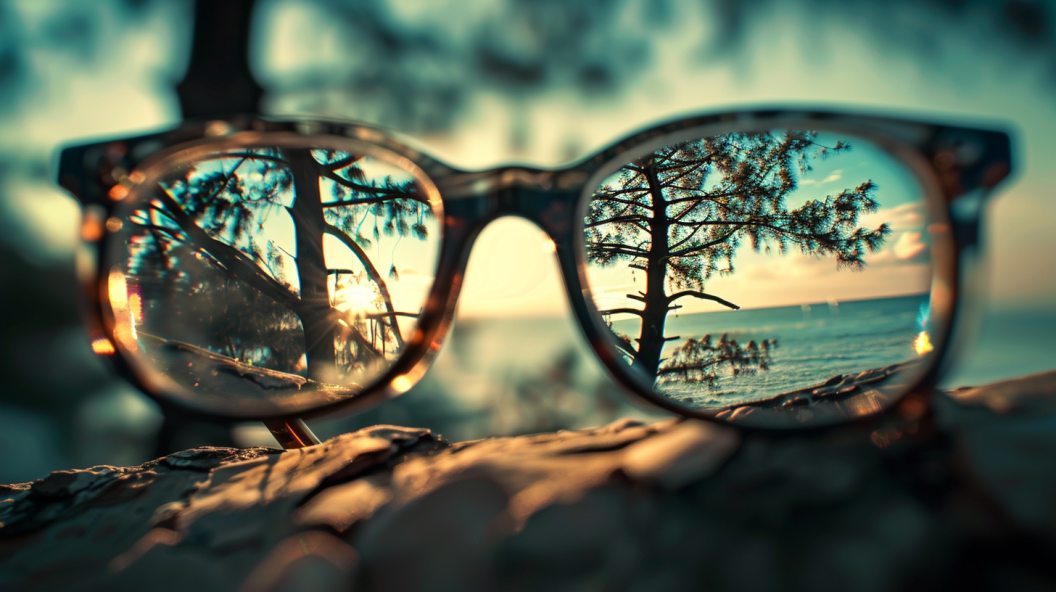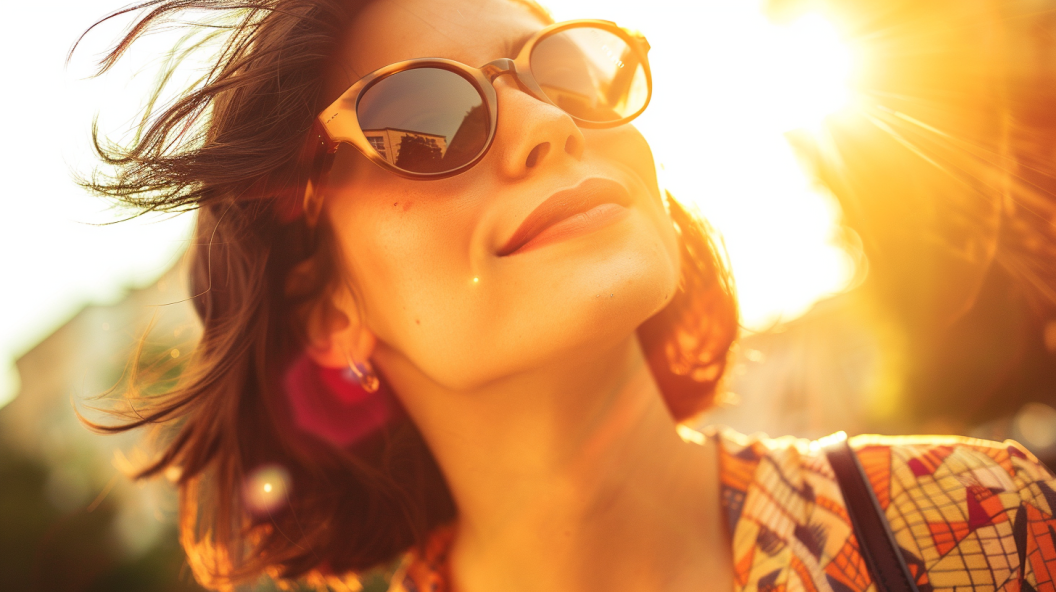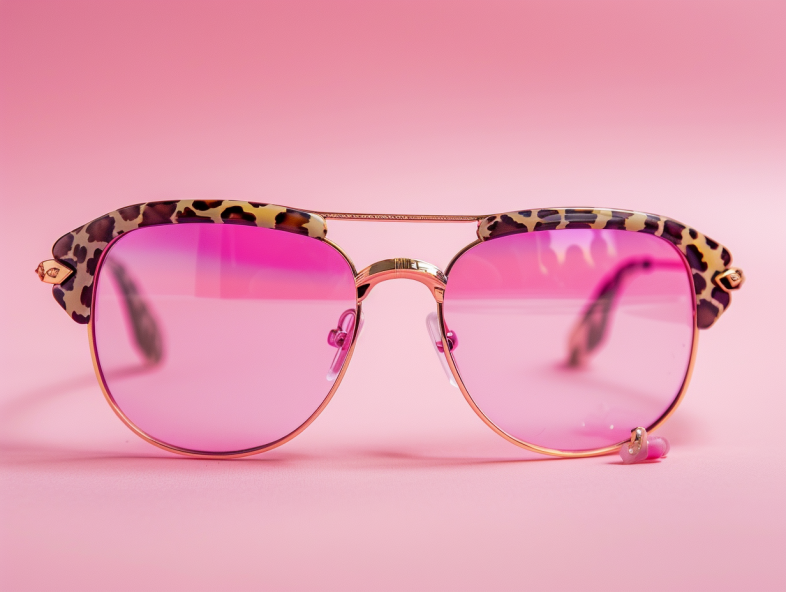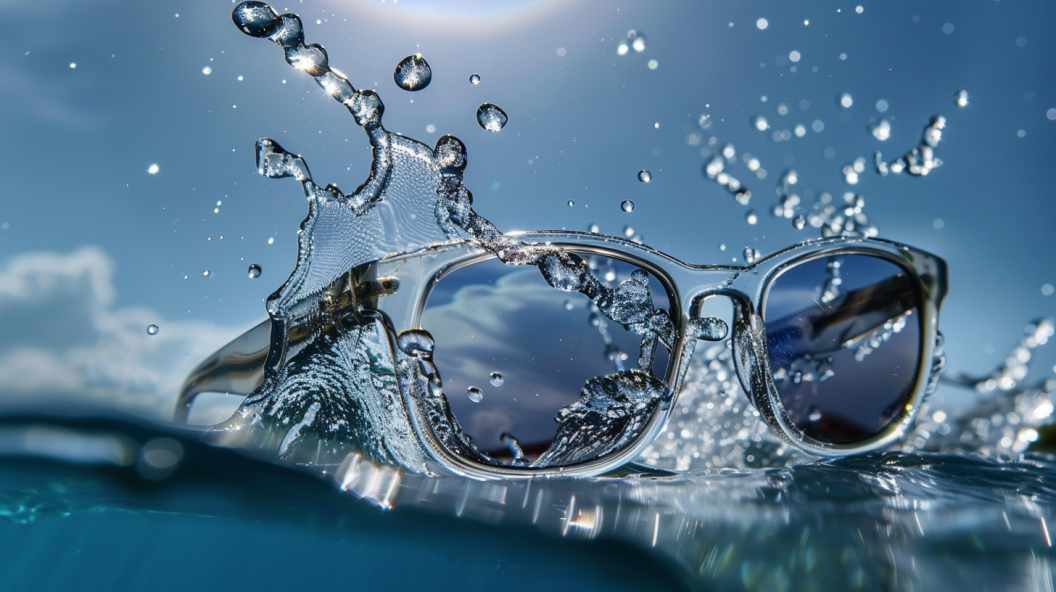ZEELOOL: How many types of eye lenses for glasses are there?
Choosing the right lens type is crucial for effective vision correction when it comes to eyeglasses.
With a range of options available to cater to individual correction needs, selecting the most suitable lens type is key. Zeelool is here to present a selection of commonly used eyeglass lenses to help you make an informed choice.
You can select the lens type that corresponds to your visual correction needs. Below are several commonly used types of eyeglass lenses:
1. Blue light blocking lenses
These lenses can reduce the impact of blue light emitted by electronic products on the eyes, as well as reduce eye fatigue and visual discomfort. These lenses are especially suitable for people who spend a lot of time in front of electronic screens, such as computer workers or people who often use smartphones.
2. Anti-reflective lenses
These lenses have a special anti-reflective coating that reduces reflections and light interference on the lens surface and reduces glare. Anti-reflective lenses provide a clearer view.
3. Polarized lenses
Polarized lenses are a special type of eyeglass lens that has the ability to block glare and reduce reflections. They use a special treatment known as polarization technology to reduce the reflection of light from horizontal directions, providing a clearer and more comfortable visual experience. Polarized lenses are mainly used for outdoor activities such as driving, fishing, skiing, and alpine hiking.
4. Tinted lenses
This type of lens has a special color filter that can change the color of light in the environment, providing specific visual effects and comfort. For example, UV-resistant tinted lenses can be used as sunglasses lenses, automatically adjusting the degree of tinting according to the light intensity to filter strong light and ultraviolet rays, and protect your eyes during outdoor activities.
5. Waterproof lenses
Waterproof lenses typically have special coatings or treatments that make them water-resistant. They can prevent water from entering the lens when exposed to water or moisture, protecting the lens from erosion and damage. Waterproof lenses offer better visual clarity and comfort in wet environments, such as rainy days or water-related activities.
Waterproof lenses often have additional features, such as anti-reflective coatings, blue light-blocking, or UV protection.
6. Anti-fog lenses
Anti-fog lenses are specially designed to prevent fog formation. When used in humid or environments with significant temperature differences, they provide better visual clarity and comfort. For example, during outdoor activities, regular glasses may fog up when you transition from a cold environment to a warm, humid environment or during intense physical activities that cause sweating. Anti-fog lenses can reduce or eliminate fog formation, allowing you to see the surroundings.
7. Night vision lenses
Night vision lenses typically have special coatings or treatments to enhance contrast and brightness in low-light conditions. They aim to improve visual clarity and comfort during nighttime or low-light situations, making it easier for the eyes to adapt to dim environments. Night vision lenses are commonly used for night driving, outdoor nighttime activities, performances, and sports.
8. Reading Glasses Lenses
Reading glasses are specifically designed to improve near vision for individuals with presbyopia. Presbyopia is a common age-related condition that affects the eye's ability to focus on close objects, typically becoming noticeable around the age of 40.
Reading glasses are primarily used to correct presbyopia and help people see clearly up close. They provide additional magnification in the lower part of the lens, specifically for reading, working on a computer, or performing other close-up tasks.
Additionally, reading glasses are available as non-prescription eyewear, meaning they do not require a customized prescription. They are offered in different magnification powers or strengths corresponding to various age ranges, ranging from +1.00 to +3.00 diopters, typically in increments of 0.25 or 0.50.
9. Single-vision Lenses
Single-vision lenses provide consistent prescription strength throughout the entire lens and are used to correct nearsightedness or farsightedness. These lenses are ideal for individuals with a relatively stable prescription and do not require additional visual correction.
10. Bifocal lenses
Bifocal lenses are suitable for those who need both distance and near vision correction. The lenses have two focal points, the upper part of the lens is used for far-sighted scene correction, while the lower part of the lens is used for near-sighted scene correction, so they can be used to correct both distance and near vision at the same time. Bifocal lenses are suitable for people who need both farsighted scene correction and near-sighted scene correction, such as older people or people who need to see both near and far objects.
11. Progressive Lenses
These lenses provide a continuous area of focus with a smooth transition from distance to near vision, which is a better experience than bifocal lenses. Progressive multifocal lenses are used for people who have both long-distance and short-distance use scenarios, as well as for age-related presbyopia. They provide a more natural visual transition, so you don't have to change glasses as often.
12. High index lenses
These lenses allow for thinner and lighter lenses for people with high levels of myopia or hyperopia. High refractive index lenses reduce the pressure of the frames on the face, enhancing the comfort of wearing them.
13. Non-prescription Lenses
Non-prescription lenses, also known as plano lenses, have a flat lens surface and do not alter the refraction of light. As a result, they do not provide vision correction for issues like nearsightedness, farsightedness, or astigmatism. Instead, their purpose is to offer additional eye protection or improve visual comfort.
These lenses can help alleviate eye fatigue, excessive exposure, or sensitivity to glare, while providing added support for the eyes.
Healthy eyes are an important part of a beautiful life, and good eyeglass lenses will help you reveal a clearer, more comfortable world. When choosing eyeglass lenses, you need to select the most appropriate type of lens for your personal visual needs and lifestyle.
About ZEELOOL
ZEELOOL is a leading online retailer specializing in affordable and fashionable glasses. Established in 2017, it offers a diverse range of kids glasses, women's glasses, men's glasses, sunglasses, black glasses, cat eye glasses, tortoise shell glasses, aviator glasses, and blue light-blocking lenses, allowing customers to express their style. Committed to customer satisfaction and innovation, ZEELOOL continually updates its collections to reflect the latest trends and fashion statements.
Press release distributed by Pressat on behalf of ZEELOOL VISION GROUP, on Friday 16 August, 2024. For more information subscribe and follow https://pressat.co.uk/
Beauty Fashion Style Glasses Business & Finance Children & Teenagers Health Lifestyle & Relationships Media & Marketing Retail & Fashion Sport Women & Beauty
You just read:
ZEELOOL: How many types of eye lenses for glasses are there?
News from this source:




